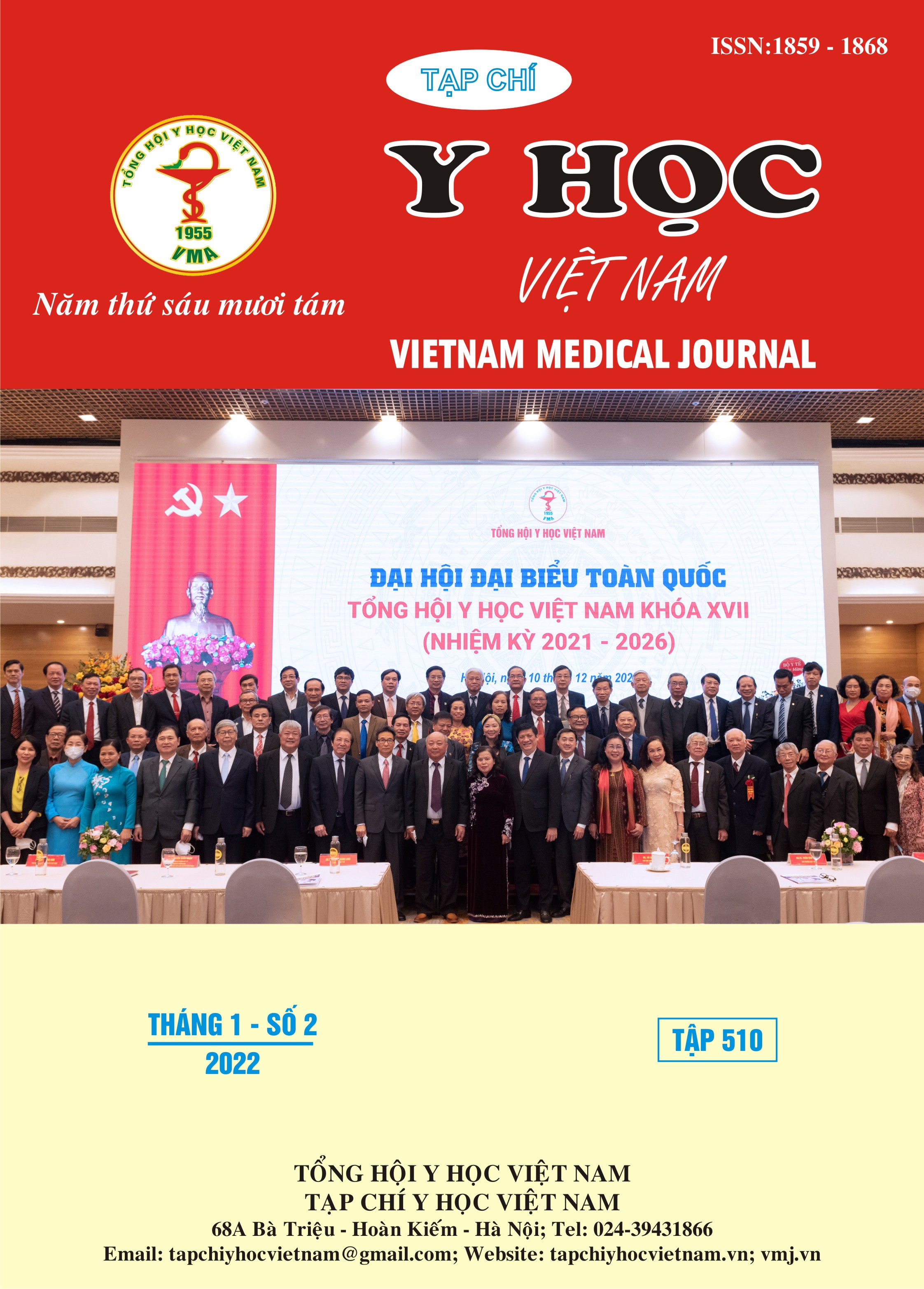EPIDEMIOLOGICAL, CLINICAL, AND PARACLINICAL FEATURES AND RESULTS OF TREATMENT OF CHILDRENS CHRONIC ABDOMINAL PAIN AT VINH UNIVERSITY HOSPITAL OF MEDICINE IN 2021
Main Article Content
Abstract
Objective: To describe the epidemiological, clinical, and paraclinical characteristics and results of treatment of chronic abdominal pain in children at Vinh University of Medicine and Pharmacy Hospital in 2021. Methods: A cross-sectional descriptive study, case analysis. Results: Study on 189 pediatric patients with chronic abdominal pain, mainly in children under 10 years old, male/female ratio: 1.38/1. Family history of gastritis - duodenitis is 15.87%, colitis 13.76%; allergic rhinitis 6.35%, urticaria 4.23%. 16.40% of children with abdominal pain woke up at night, 10.05% had unexplained weight loss. Abdominal pain due to functional damage was 31%, 1.06% of abdominal migraine, 65.08% of cases (41/63 children) had endoscopic damage to the stomach. EEG results with 35.71% of children with EEG lesions (5/14). 10.05% of children treated with psychological intervention. Drug treatments include antibiotics, laxatives, antispasmodics, antireflux, antihistamines. The cure rate is 78.84%, 21.16% of children still have recurrent disease. Conclusion: Chronic abdominal pain in children can occur at any age with the common manifestation of abdominal pain in children accompanied by symptoms of digestive disorders such as vomiting, diarrhea, constipation and waking up in the middle of the night,... Treatment with drugs combined with measures such as dietary changes, probiotic supplements. However, psychological interventions have not been applied much.
Article Details
Keywords
Chronic abdominal pain, recurrence, psychological intervention
References
2. Phạm Thị Ngọc Tuyết (2011), Đau bụng mạn ở học sinh trung học cơ sở tại Quận 1, TP HCM: tỷ lệ mắc và mối liên quan với các yếu tố sang chấn tâm lý, Luận án tiến sỹ Y học, Đại học Y dược TP. HCM.
3. Nguyễn Thị Thơ, Nguyễn Gia Khánh (2002). Nhận xét biểu hiện lâm sàng và một số ảnh hưởng trong đau bụng tái diễn không thực tổn ở trẻ em tuổi hoc đường. Nhi Khoa tập 10. Nhà xuất bản Y học, Hà nội: 215-225.
4. Benninga MA, Faure C. “Childhood functional gastrointestinal Disorders: neonate/toddler”, Gastroenterology. 2016,150(6):1443-1445.e 2.
5. Nguyễn Phúc Thịnh (2014), Bệnh loét dạ dày tá tràng ở trẻ em do HP tại BV Nhi đồng 1. Tạp chí Y Học TP Hồ Chí Minh * Tập 18.
6. Kalpesh Thakkar, Leon Chen, Mary E. Tessier, and Mark A. Gilger(2014). Outcomes of Children After Esophagogastroduodenoscopy for Chronic Abdominal Pain. Section of Pediatric Gastroenterology, Hepatology and Nutrition, Baylor College of Medicine, Houston, Texas.
7. Lê Sĩ Hùng (2019), Đau bụng mạn tính do rối loạn chức năng đường tiêu hoá ở trẻ em tuổi học đường, Tạp chí Y học Cộng đồng số 5, trang 33-39.


